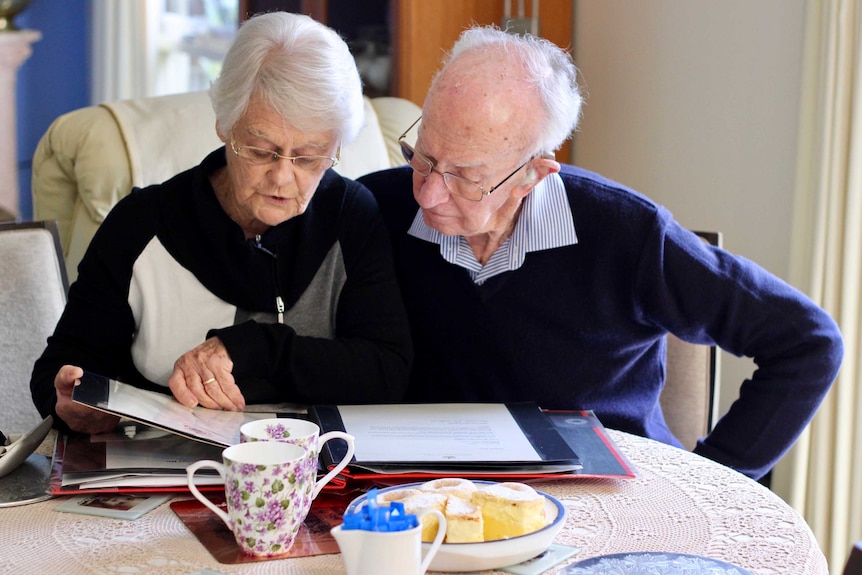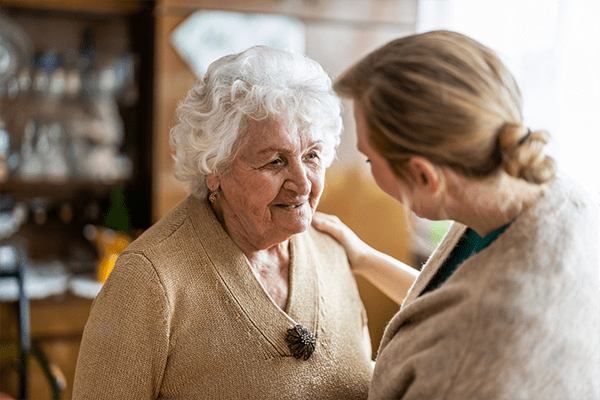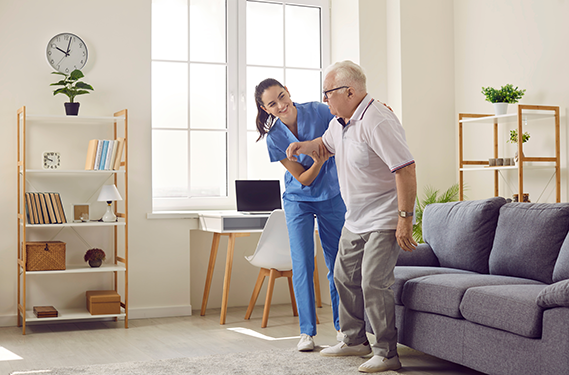Caring for the elderly can be a rewarding yet challenging responsibility. Ensuring bathroom safety for elderly individuals is a critical aspect of caregiving. The bathroom, often seen as a sanctuary, can become a hazardous place for seniors due to factors such as slippery floors and high bathtubs. This article aims to provide family caregivers with practical tips and strategies to enhance bathroom safety, offering peace of mind and reducing the risk of falls and injuries.

Understanding the Importance of Bathroom Safety
The bathroom is one of the most accident-prone areas in a home. For elderly individuals, navigating this space can be difficult due to age-related changes in mobility and balance. According to the Physio-Pedia, falls are a leading cause of injury among older adults. By understanding the risks and implementing preventive measures, caregivers can significantly enhance safety.
Identifying Common Bathroom Hazards
Several elements in the bathroom can pose risks to seniors. These include slippery surfaces, high thresholds, and inadequate lighting. Recognizing these hazards is the first step towards creating a safer environment.
Slippery Floors and Surfaces
Bathrooms often have tiled floors that become slippery when wet. This increases the risk of falls. Installing non-slip mats and rugs can help mitigate this risk.
High Bathtubs and Showers
Getting in and out of a bathtub can be difficult for seniors. Consider installing grab bars and using a shower chair to provide stability and support.
Inadequate Lighting
Poor lighting can lead to missteps and falls. Ensure the bathroom is well-lit, especially at night, to help seniors navigate safely.
Essential Safety Features for Elderly Bathrooms
Enhancing bathroom safety involves incorporating specific features and equipment designed to prevent falls and accidents.
Grab Bars and Handrails
Installing grab bars near the toilet and in the shower provides seniors with support and balance. Ensure these are securely attached to the wall.
Non-Slip Flooring
Opt for non-slip flooring materials or apply a non-slip coating to existing tiles. This reduces the risk of slipping on wet surfaces.
Raised Toilet Seats
Raised toilet seats make it easier for seniors to sit and stand up, reducing strain on their joints and muscles.
Creating a Safe Shower Environment
Showers can be particularly risky for seniors due to the combination of water and confined space. Implementing specific measures can help make showers safer.
Shower Chairs and Benches
A shower chair or bench can provide stability and comfort, allowing seniors to sit while showering. This reduces the risk of falls.
Handheld Shower Heads
Handheld shower heads allow seniors to control the direction of water flow, making it easier to bathe without needing to move excessively.
The Role of Lighting in Bathroom Safety
Proper lighting is crucial to prevent accidents in the bathroom. It helps seniors see potential hazards and navigate the space safely.
Night Lights
Installing night lights in the bathroom and along the hallway can guide seniors during nighttime visits, reducing the risk of falls.
Bright Overhead Lighting
Ensure that the bathroom is equipped with bright, ambient lighting that illuminates all areas clearly. Consider using LED bulbs for better visibility.
Implementing Routine Safety Checks
Regularly assessing the bathroom for potential hazards is essential. This proactive approach helps identify and address issues before they lead to accidents.
Monthly Inspections
Conduct monthly inspections of the bathroom to check for loose tiles, worn-out mats, or faulty lighting fixtures.
Maintenance of Safety Equipment
Ensure that all safety equipment, such as grab bars and shower chairs, are in good condition and securely installed.
Engaging Seniors in Safety Practices
Involving seniors in safety practices empowers them and encourages independence while ensuring their well-being.
Educating on Safe Practices
Educate seniors on safe practices, such as drying spills immediately and using grab bars when moving around the bathroom.
Encouraging Open Communication
Encourage open communication between caregivers and seniors to address safety concerns and find solutions collaboratively.
Innovative Bathroom Safety Solutions
Technological advancements have introduced innovative solutions that enhance safety and convenience for seniors in the bathroom.
Smart Bathroom Accessories
Consider integrating smart bathroom accessories such as motion-sensor lights and voice-activated devices to enhance safety and accessibility.
Automatic Toilet Flushers
Automatic toilet flushers reduce the need for manual handling, providing a hygienic and convenient solution for seniors.
Conclusion: Prioritizing Bathroom Safety for Elderly
Ensuring bathroom safety for elderly individuals is a crucial aspect of caregiving that requires careful planning and proactive measures. By identifying potential hazards and implementing safety features, caregivers can create a secure environment that promotes independence and well-being for seniors. For more information on fall prevention techniques, visit our assisted living safety tips.

FAQs on Bathroom Safety for Elderly
1. What are the most common bathroom hazards for the elderly?
Common bathroom hazards for the elderly include slippery floors, high bathtubs, and inadequate lighting. Addressing these issues can significantly reduce the risk of falls.
2. How can I make a shower safer for an elderly person?
Making a shower safer involves installing grab bars, using non-slip mats, and incorporating a shower chair. These features provide stability and support for seniors.
3. Why is lighting important in bathroom safety?
Proper lighting is crucial for bathroom safety as it helps seniors see potential hazards and navigate the space safely, especially during nighttime visits.
This article contains affiliate links. We may earn a commission at no extra cost to you.






